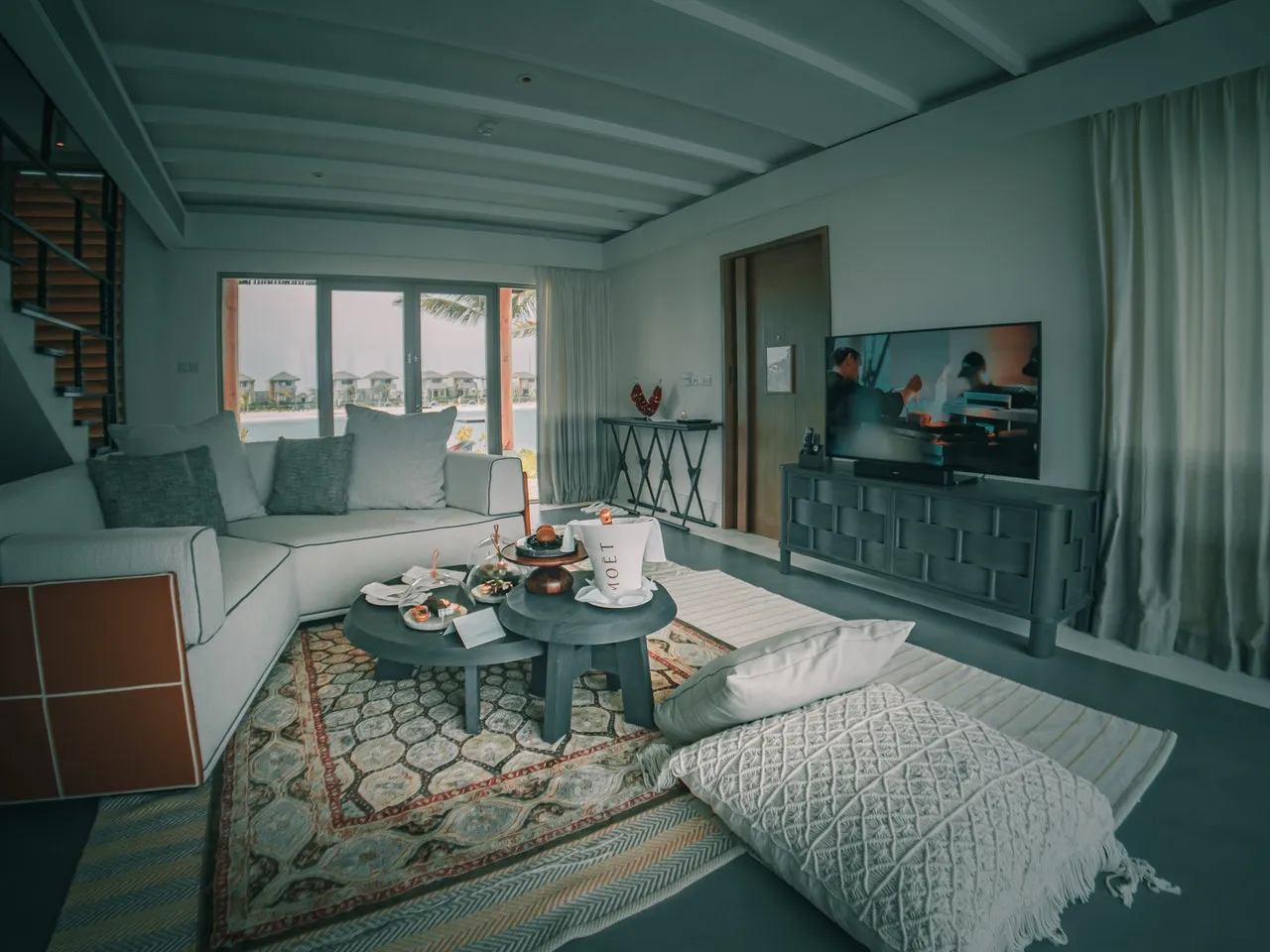When the summer heat becomes too overbearing, an efficient air conditioning system can be a lifesaver, providing you with a comfortable living environment. However, AC installation is not a mere matter of buying a unit; it’s about choosing the right system and ensuring it’s installed by a competent professional. In this article, we will explore the essential steps for selecting an appropriate air conditioning system and finding a reliable contractor to install it.
Understanding Your Cooling Needs
Before diving into the world of air conditioners, it is vital to evaluate your cooling needs. The size of your space, the number of rooms, and the local climate all contribute to determining the suitable AC system. For instance, a small apartment may only require a window unit, while a larger home might benefit more from a central air conditioning system.
In addition to the space size, consider energy efficiency by looking at the system’s SEER (Seasonal Energy Efficiency Ratio) rating. A higher SEER rating indicates better energy efficiency, which can lead to significant savings on your electricity bills. Additionally, ensure that the smart technology meets your preferences, offering features such as remote control and programmable settings.
Take into account your budget constraints, as well. While it is tempting to opt for the cheapest option, investing in a higher-quality system often translates to less maintenance and longer lifespan. Consulting with an HVAC professional can also help to understand your unique requirements better.
Reviewing the Types of Air Conditioning Systems
There are several types of air conditioning systems, each with its advantages and disadvantages. Split systems, which have both indoor and outdoor units, are popular due to their efficiency and relatively quiet operation. These systems are ideal for homes where centralized ductwork is impractical.
Another option is the ductless mini-split system, which is perfect for homes that lack the infrastructure for traditional duct systems. They allow for flexible installation and individualized room control. Furthermore, mini-split systems can be more energy-efficient, as they avoid the energy loss associated with ductwork.
Finally, packaged central air units combine heating and cooling capabilities in a single cabinet. These are typically installed on the roof or near the foundation, making them suitable for homes with little indoor space for HVAC equipment. As with any investment, weigh the pros and cons to understand which option aligns best with your needs and structural constraints.
Selecting the Right Contractor
The contractor you choose plays a critical role in ensuring that your AC system is installed correctly and operates at peak efficiency. Start by researching local HVAC contractors to create a shortlist of potential candidates. Look for contractors with a robust online presence, positive customer reviews, and a proven track record of successful installations.
Once you have narrowed down your choices, verify each contractor’s credentials. Check for necessary licenses, insurance, and certifications. It’s essential to ensure your contractor is qualified and abides by industry standards and safety regulations.
Request quotes from at least three different contractors to compare service offerings and pricing. Remember, the cheapest option is not always the best. A reputable contractor will provide a comprehensive quote that covers all aspects of AC installation, including labor, equipment, and any additional work that might be necessary.
Understanding the Installation Process
Once you have chosen a system and contractor, the AC installation process can begin. A professional contractor will start by conducting a thorough inspection of your home to ensure the installation follows building codes and optimizes energy efficiency. This involves checking current ductwork, evaluating insulation, and measuring the space to confirm compatibility with the system.
After this assessment, the contractor will proceed with the actual installation. This process may involve removing any old units, installing ductwork if necessary, and placing the new indoor and outdoor units. The contractor will also set up the thermostat and ensure that all electrical connections are safe and secure.
Following installation, testing the system is crucial to verify it operates correctly. The contractor should check for any refrigerant leaks, measure airflow, and ensure the thermostat readings are accurate. Make sure you receive clear instructions on how to maintain the unit and who to contact if issues arise.
Choosing the right AC system and contractor is a crucial decision that requires careful consideration. By understanding your cooling needs, weighing the pros and cons of various systems, and thoroughly vetting potential contractors, you set the stage for a successful AC installation process. Remember, proper installation and ongoing maintenance are key to ensuring your new air conditioning system efficiently keeps your home cool and comfortable for years to come.



